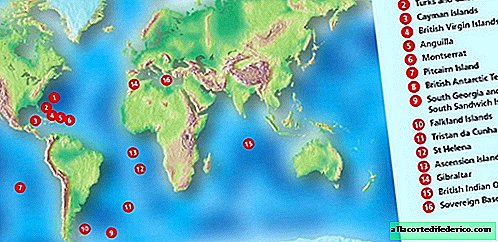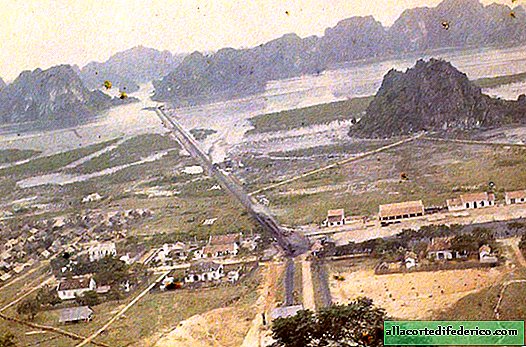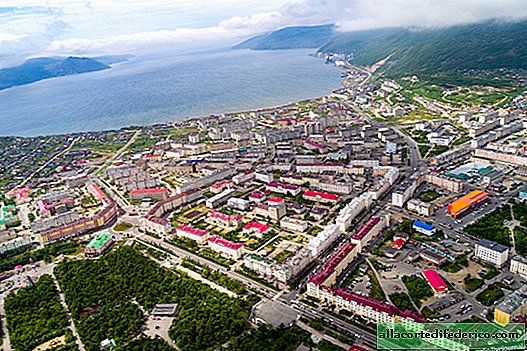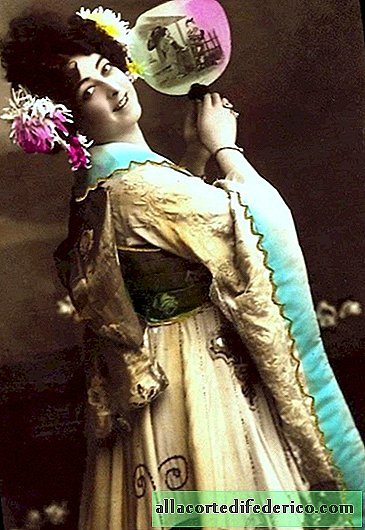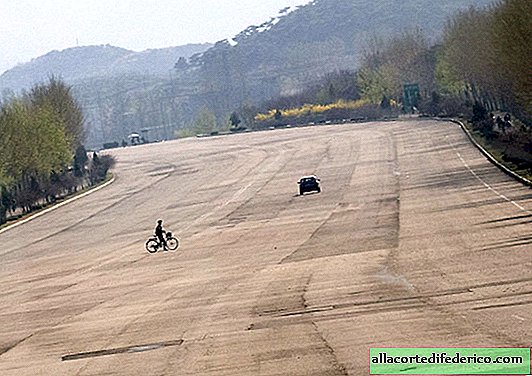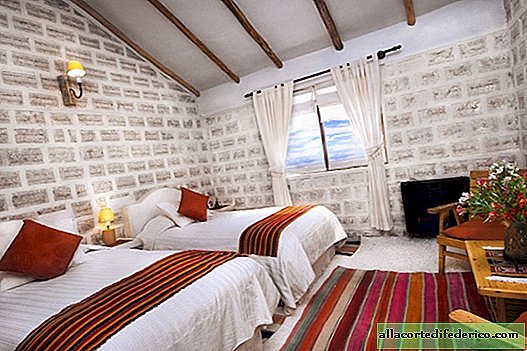Why in different countries different sockets
In Europe, the voltage in the electric network varies from 220 to 240 V, in the USA and Japan - from 100 to 120 V. Why? Is it really just to create problems for tourists who are forced to carry adapters with them or look for it upon arrival, in order to prevent the phone from "dying"?
When it comes to electricity, globalization can be forgotten. Even in the European Union, where one currency goes, electric sockets are different. The reason for this is the historical factor.
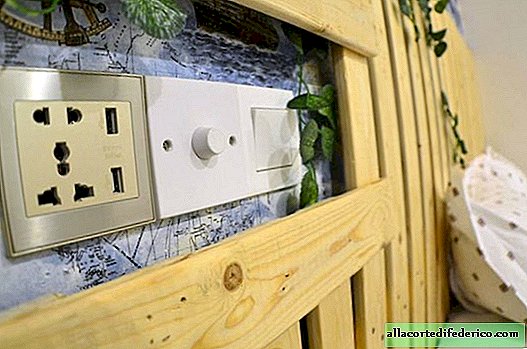
In the era of electrification, inventors from different countries offered their options for optimal outlets; different types of electric generators were built around the world. And the national companies involved in the installation of electric networks supplied their devices suitable for these networks. Accordingly, different types of plug connectors and sockets were introduced, their networks were designed. The development of other countries was completely ignored.
Influenced the development of outlets and the availability of materials. For example, during World War II, a three-pin plug with a short copper fuse was invented in the UK. This design allowed to save reserves of copper for military needs.
Now, according to one classification, 12 types of sockets are distinguished, according to another - 15. Moreover, sockets of one type sometimes accept plugs of another. But after learning that in the country where you are going, the same type of outlet, as at home, do not rush to rejoice! This solution is only half the problem. In different parts of the world, voltage and current frequency may vary.
Classification of types of sockets and plugs in different countries of the world.

Two standards are most common: European - 220-240 V at a frequency of 50 Hz and American - 100-127 V at a frequency of 60 Hz. You should not check what happens if the appliance, operating from 100-127 V, is included in the socket from 220-240 V.
In some countries you should keep your eyes open. For example, in most parts of Brazil, 127 V is used, but 220 V is found in the north of the country. And in Japan, the voltage is the same everywhere - 110 V, the frequency is different: 50 Hz is used in the east, 60 Hz in the west. The reason is simple: first, German-made generators with a frequency of 50 Hz were purchased for Tokyo, and shortly after that, American ones with a frequency of 60 Hz were delivered in Osaka.
Perhaps someday a single standard will be adopted. A universal socket for all types of plugs has already been developed. But for now, it is everyone’s business to establish it or not. In addition, you must first come to a single voltage standard. And this rests on the enormous financial costs of re-equipping and re-equipping transformer substations, replacing sockets and plugs.




